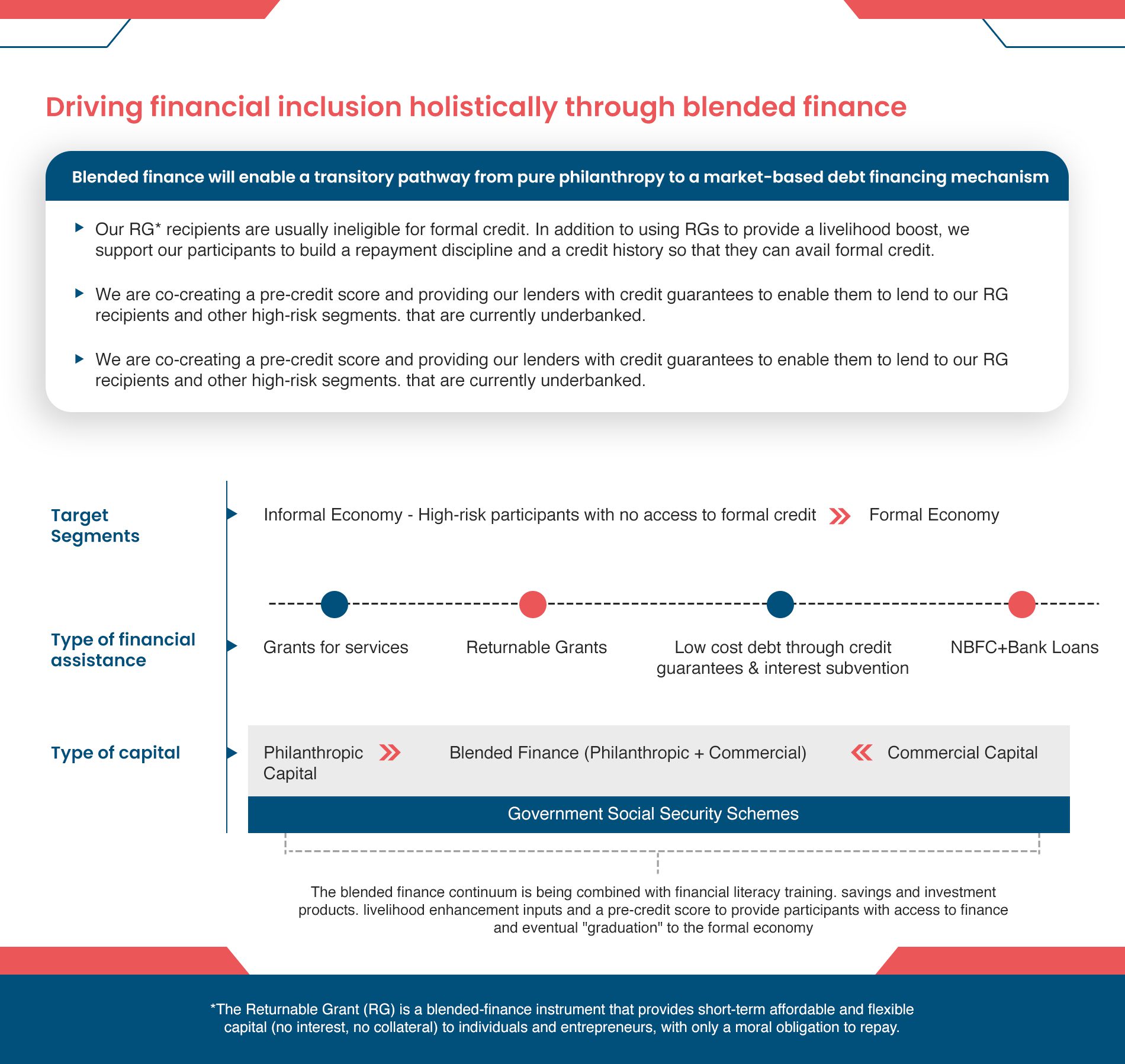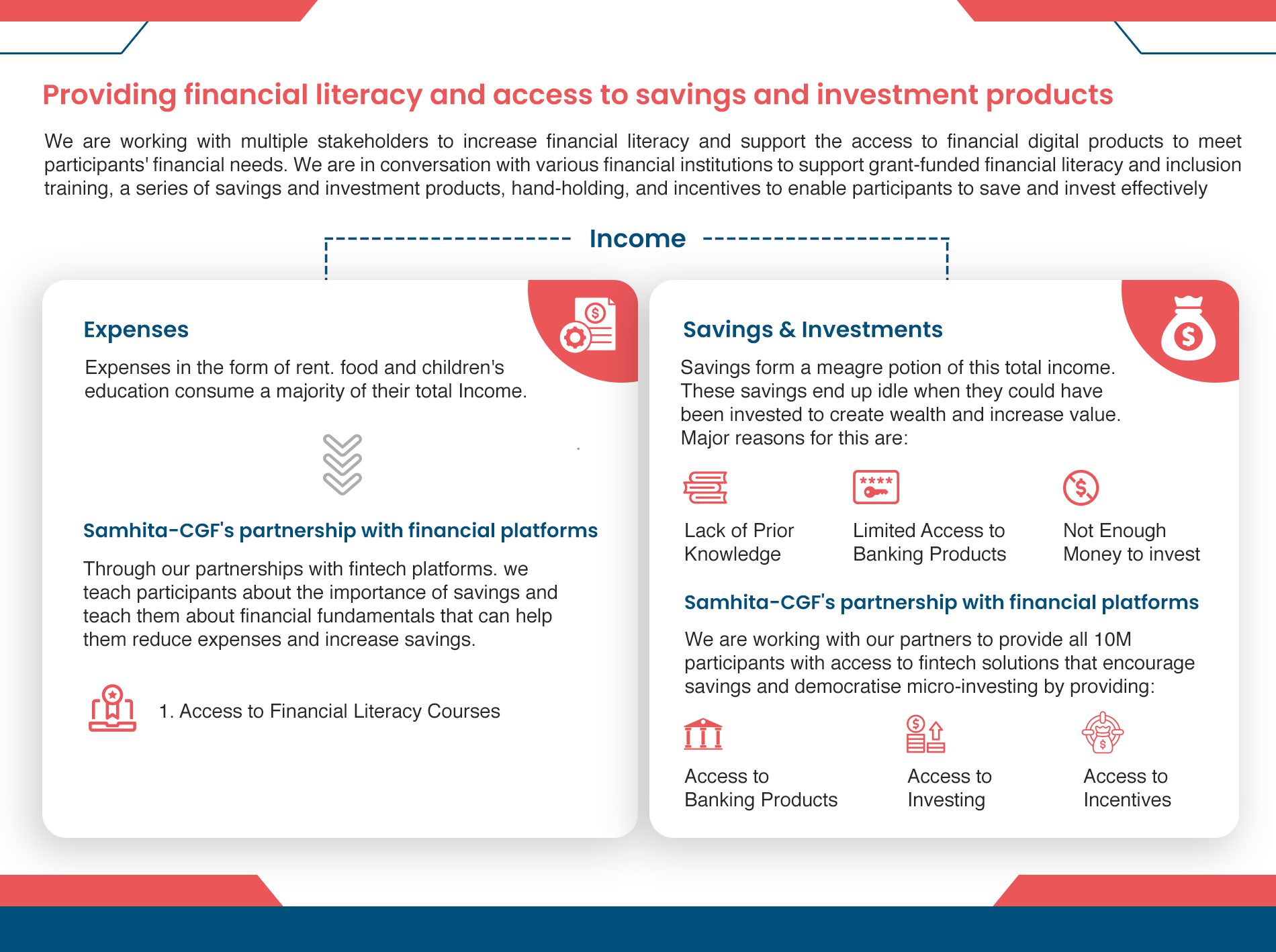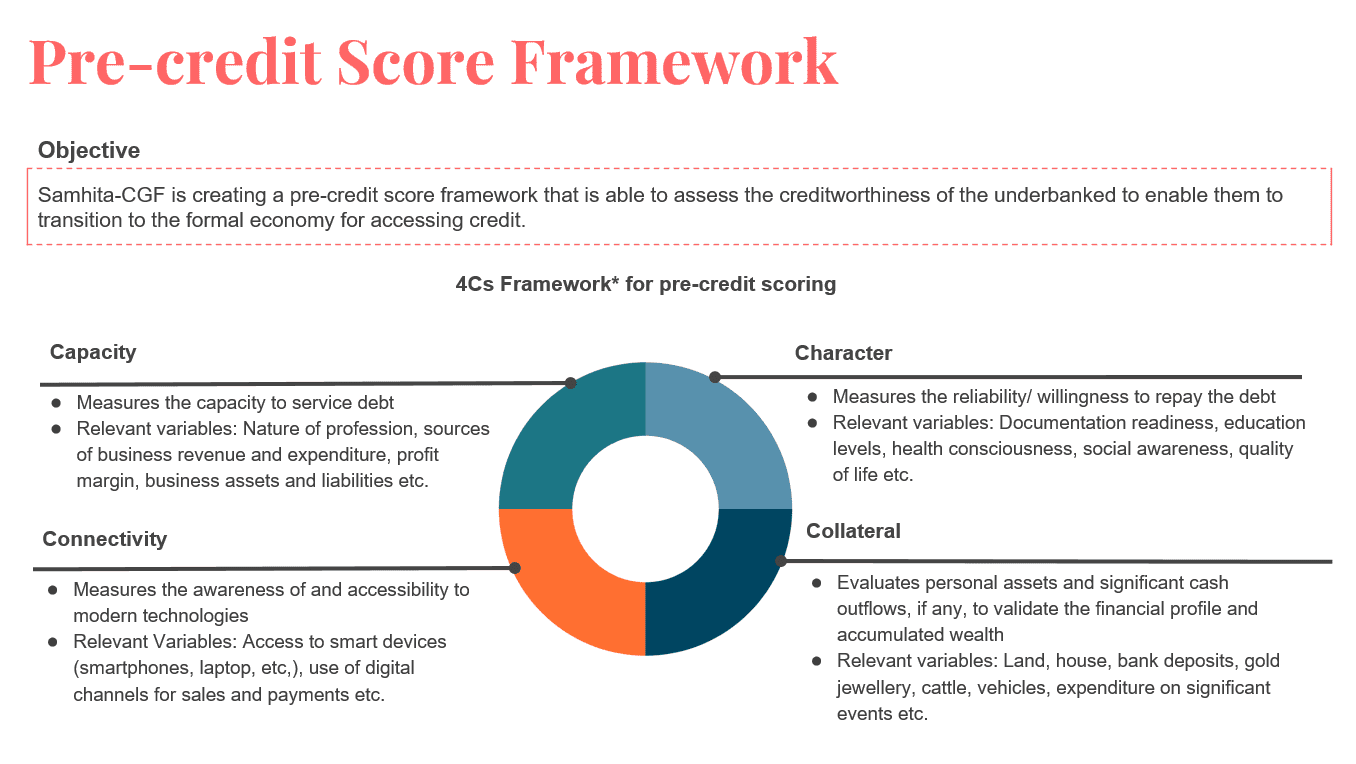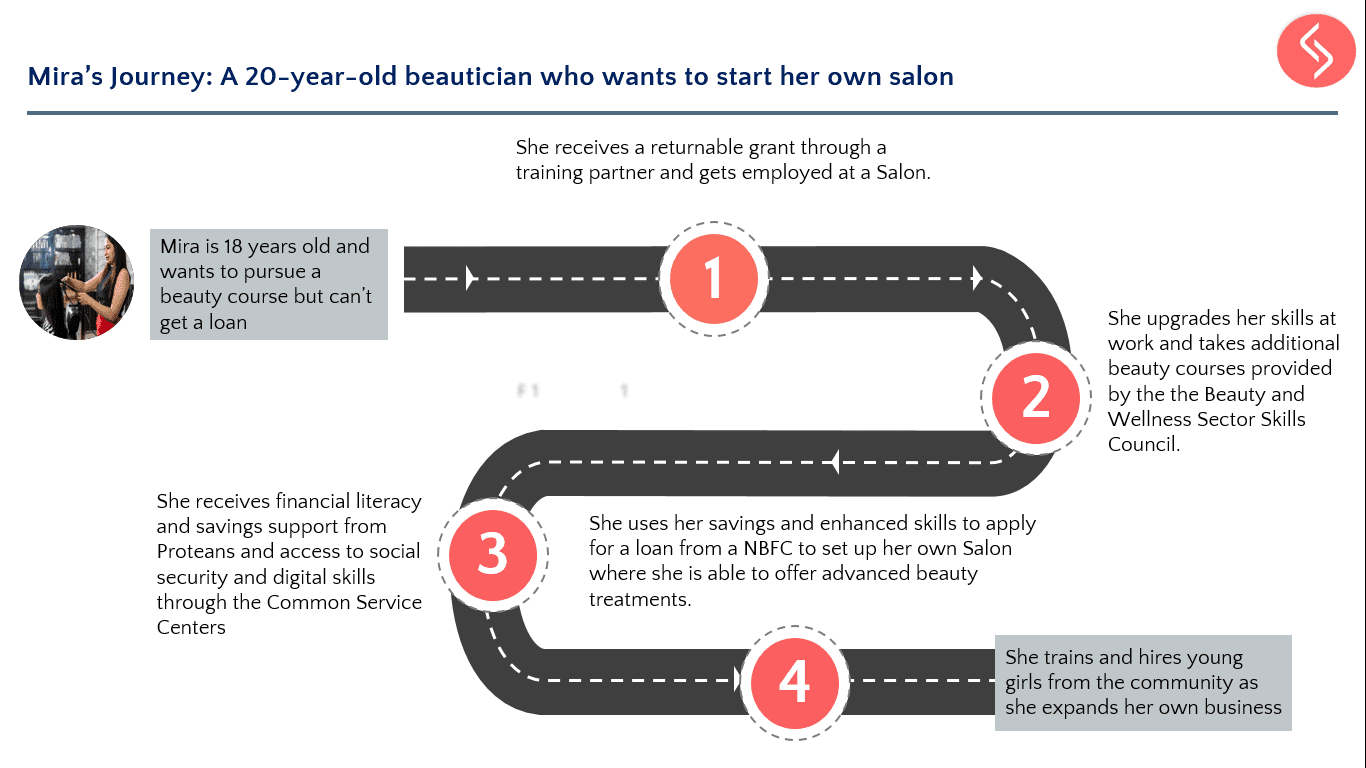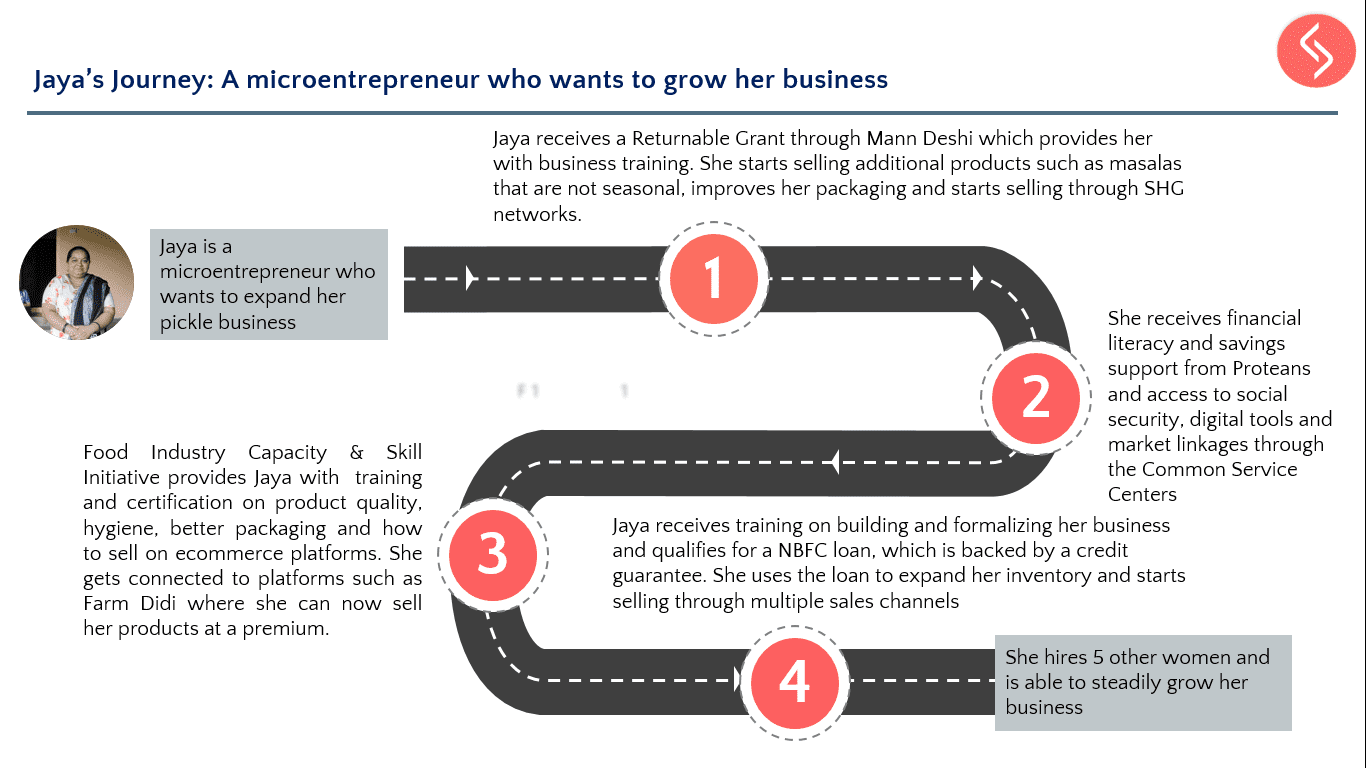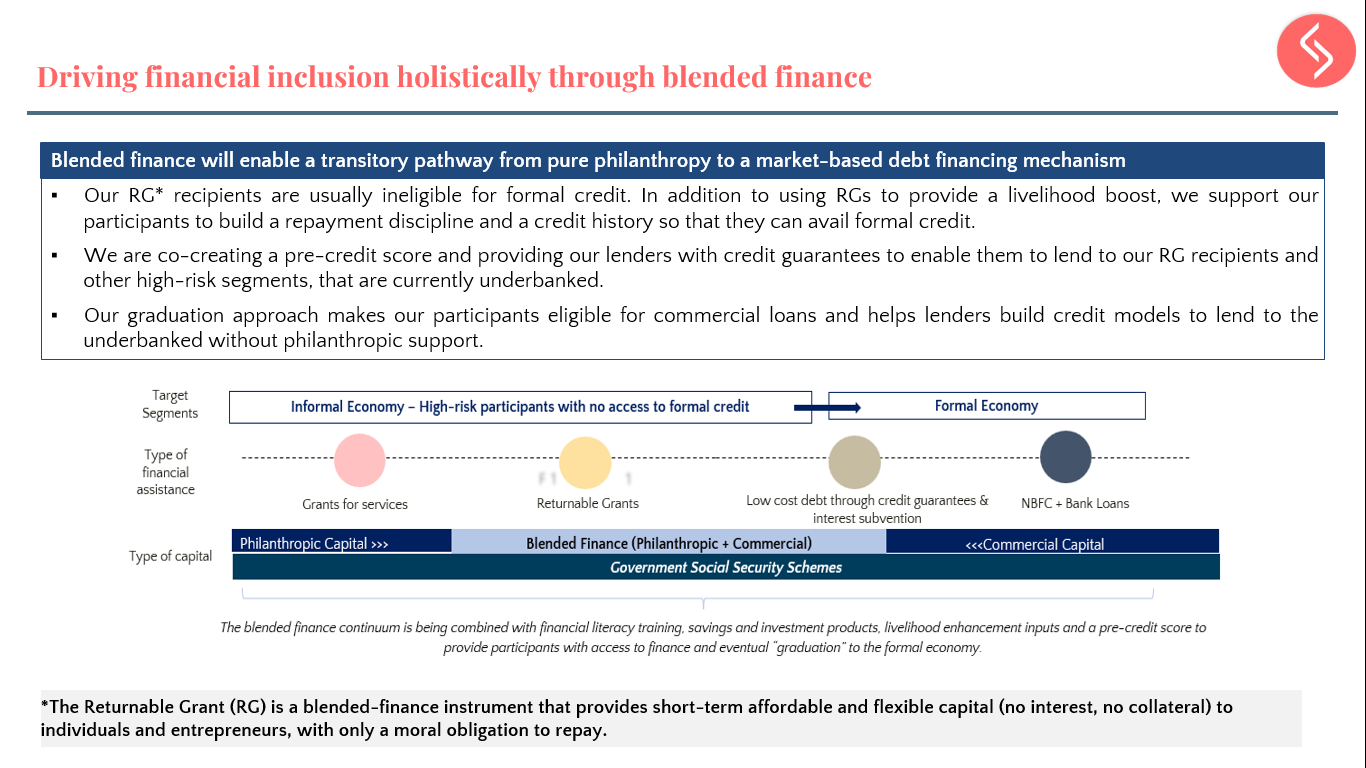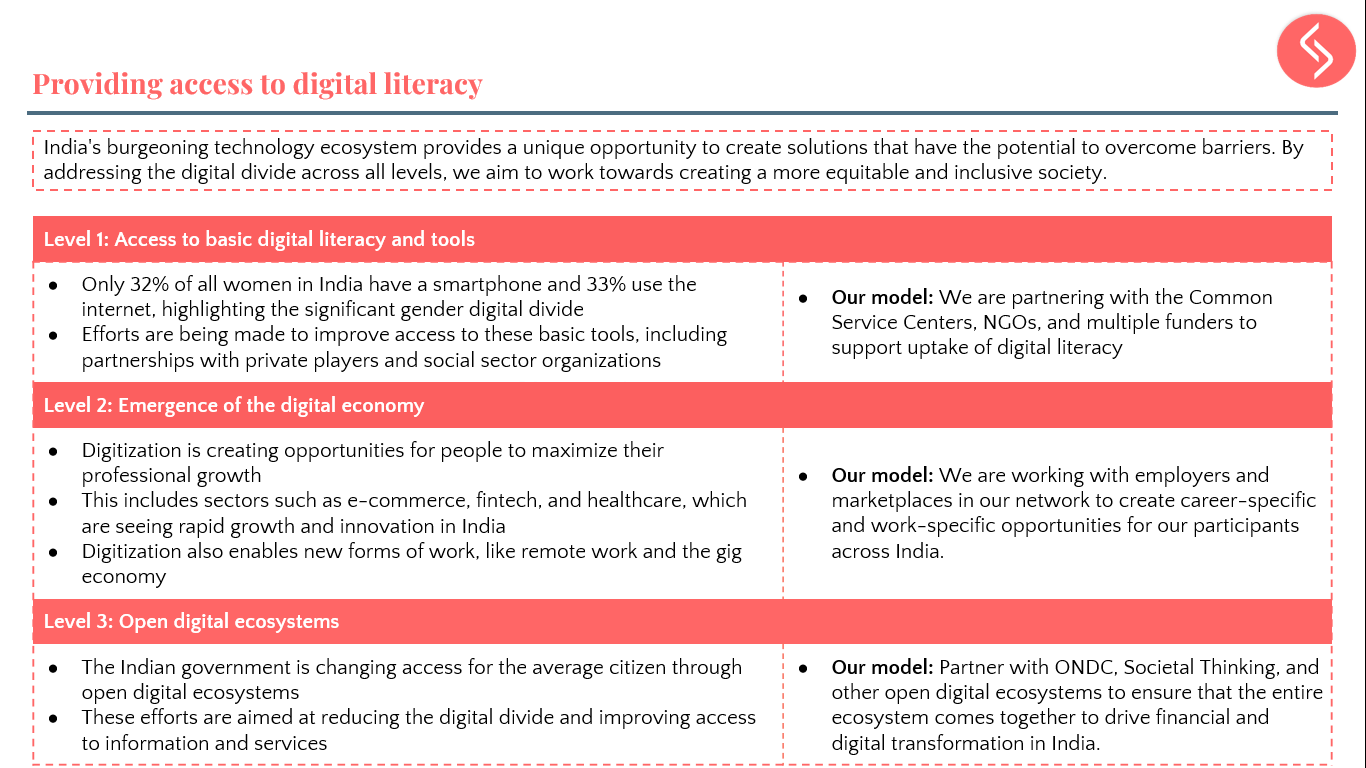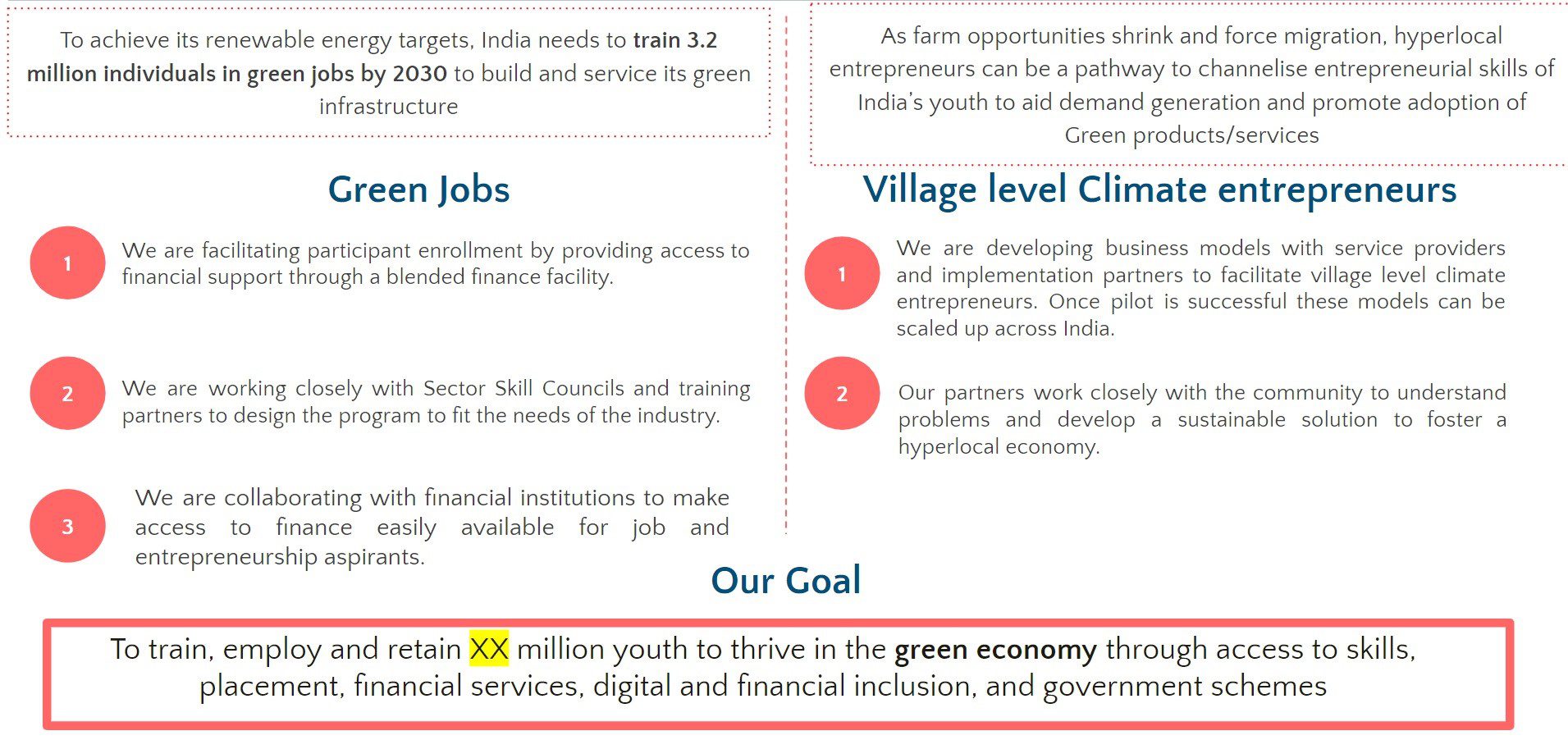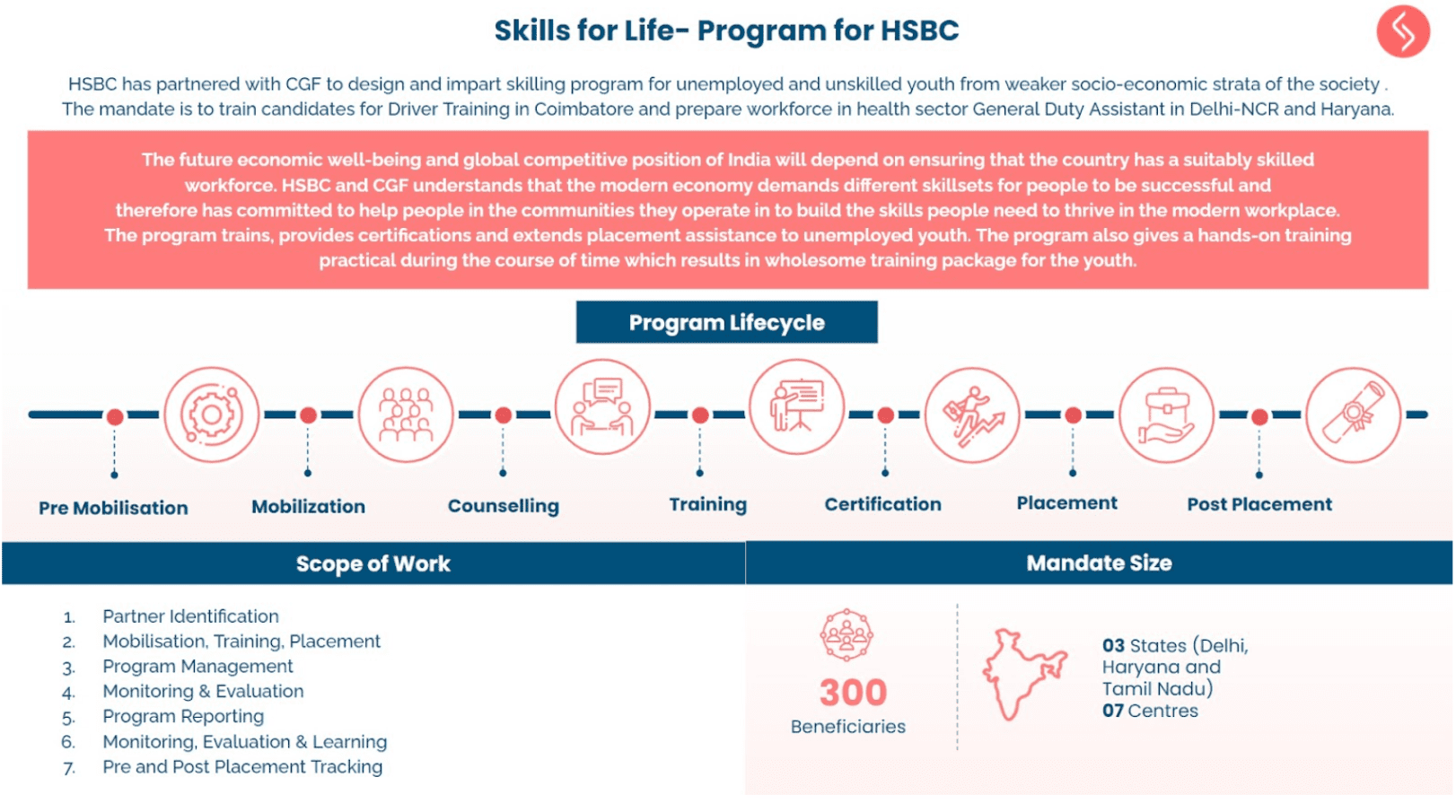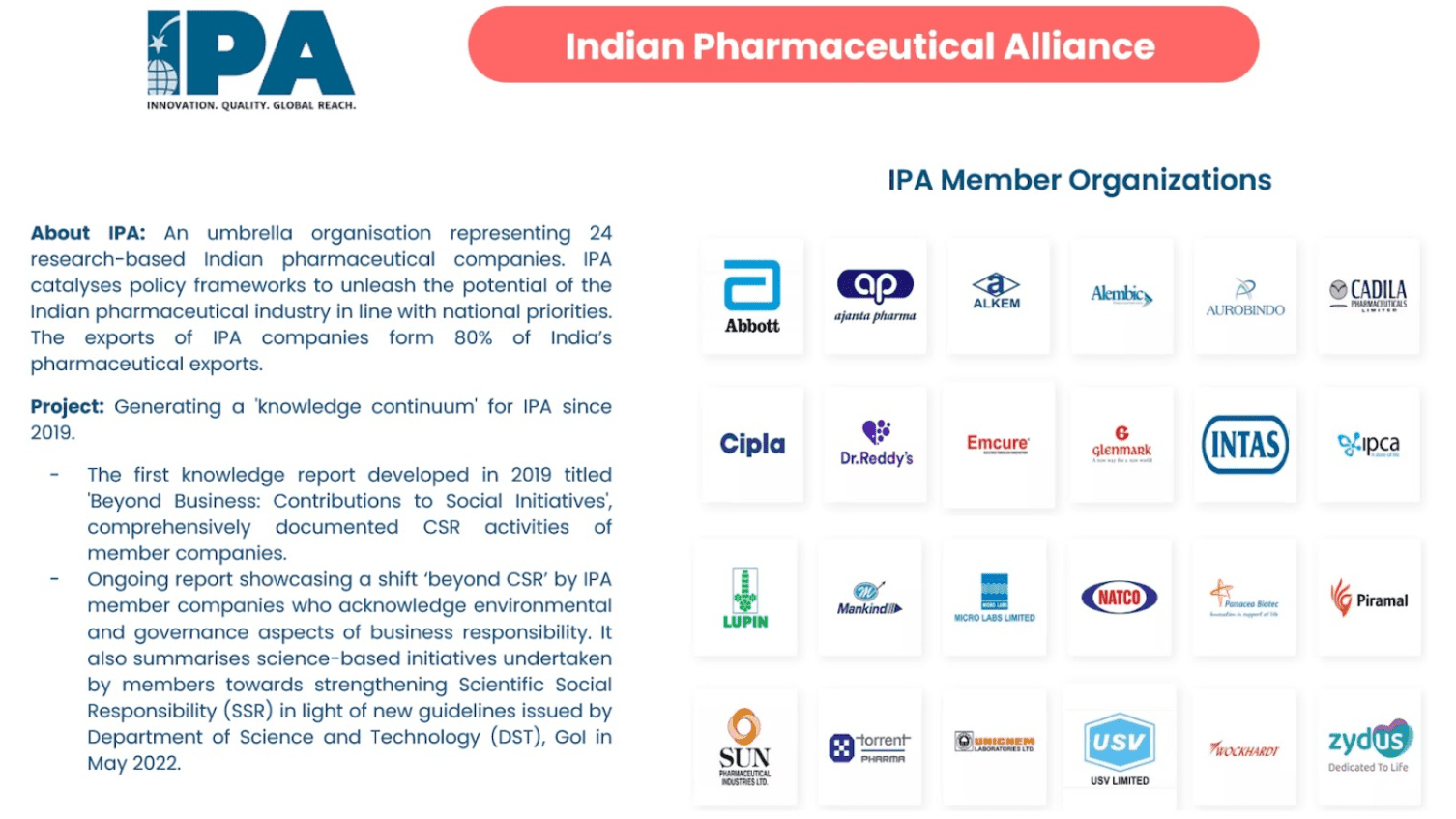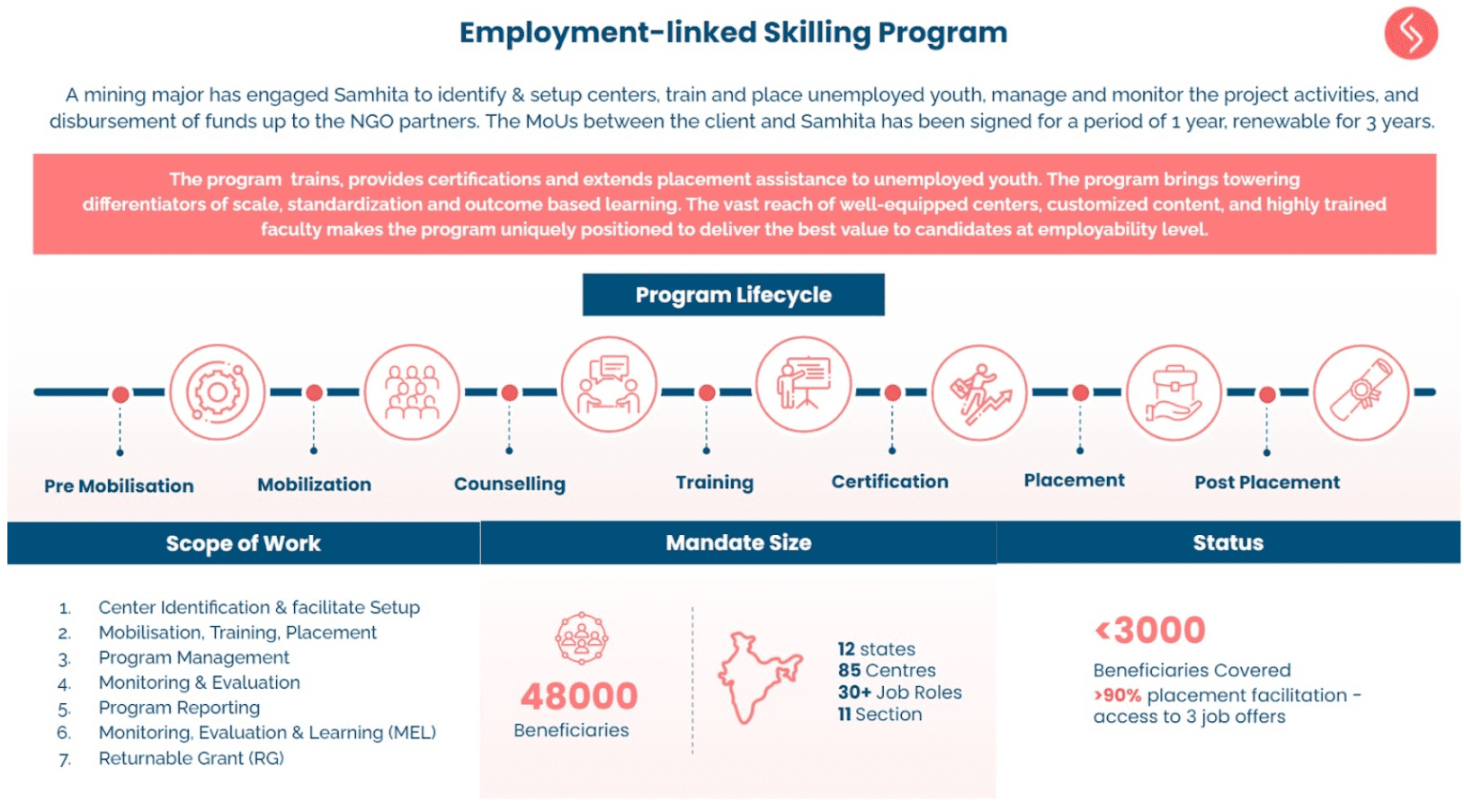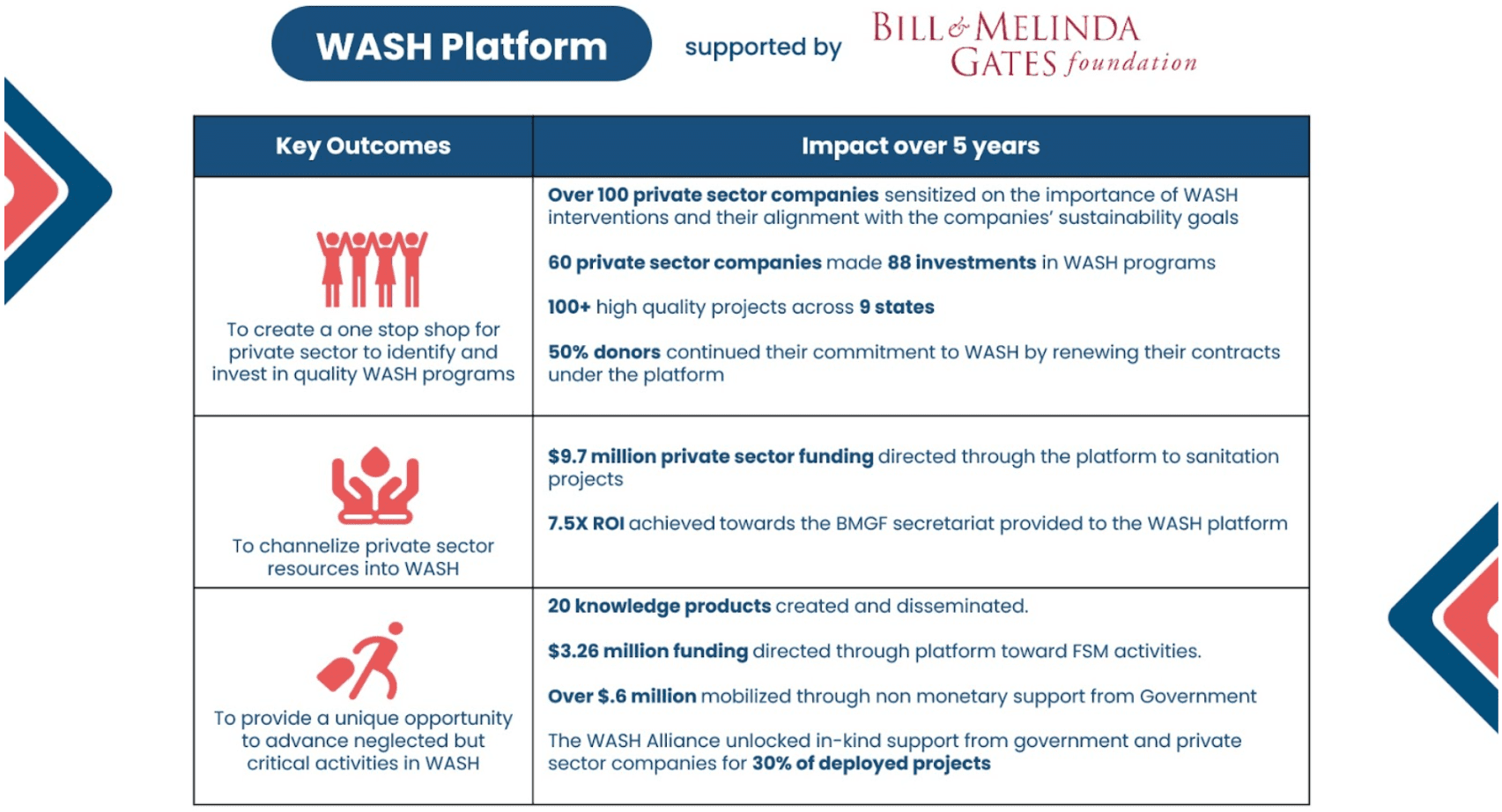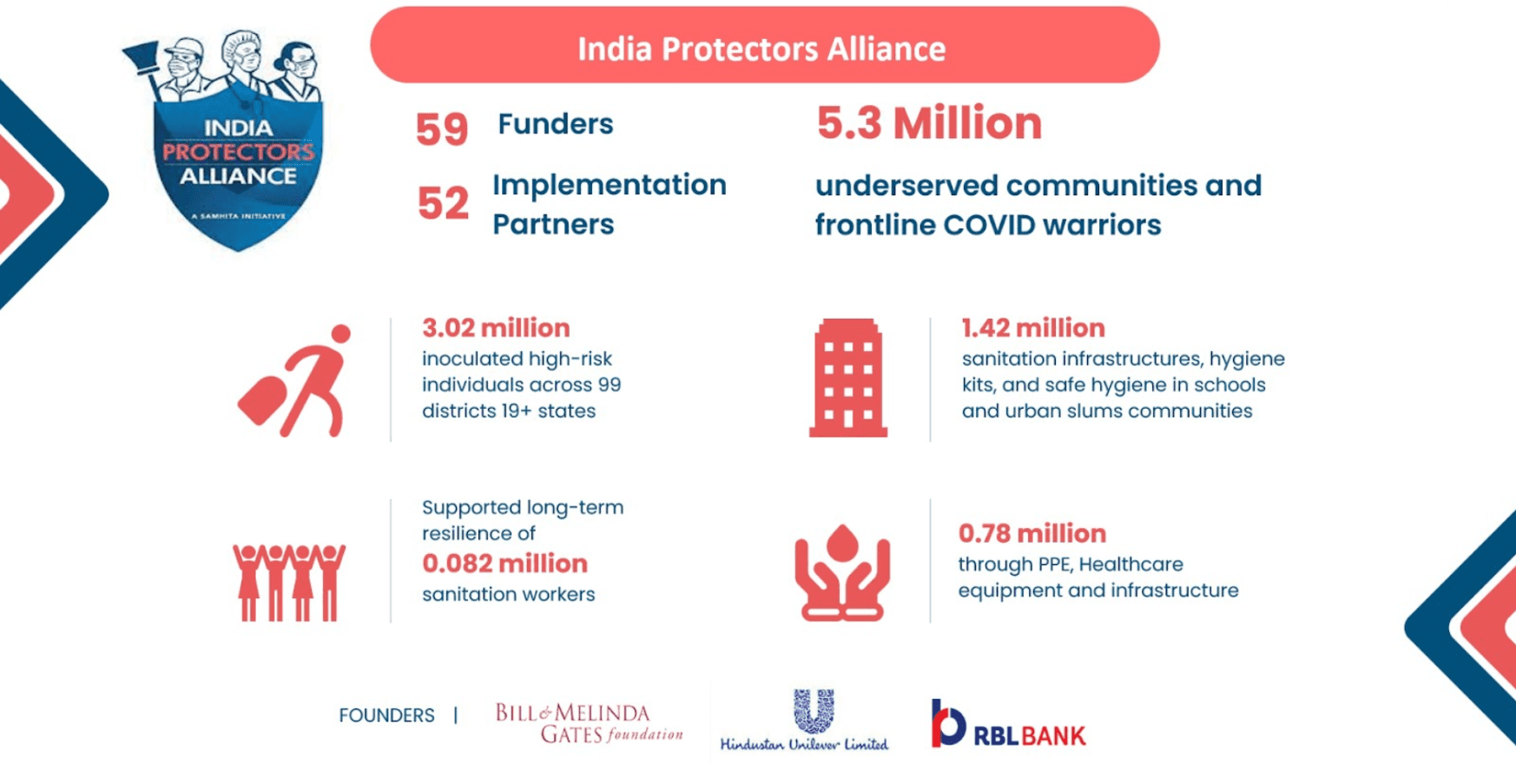A look at how companies can align their CSR strategies to the Government’s Skill India Mission, increase programmatic impact and invigorate the economic well-being of India’s unskilled and unemployed workforce.
The announcement of the Skill India Mission on the 15th of July 2015, a Government initiative that aims to train 500 million people by 2022 in different skills, created a high level of expectation from corporate India, implementation agencies and the individuals who badly need those skills. For many, the Government’s drive to skill India couldn’t have come at a better time.
In 2020, India is set to experience a ‘demographic dividend’ where 65% of the population will be under the age of 35[1], which will give the country the unique advantage of having one of the world’s youngest populations.
However, this is only an advantage if new entrants to the workforce are properly trained and given access to skilled employment opportunities. The National Sample Survey currently estimates that of the 470 million people of working age in India, only 10% receive any kind of training at all[2].
While many believe that the Mission could potentially close this gap and help meet the Indian Government’s ambitious target of skilling 550 million people by 2022[3]; translating these expectations into action is a significant challenge that can’t be overestimated.
The National Skill Development Corporation (NSDC) has identified over 24 high-growth sectors for which people need to be skilled. Of these manufacturing, textile, construction, automotive, retail, healthcare and transportation are expected to witness the highest growth. Companies operating within these sectors stand to gain from investing in skill development as they can strategically align with the Mission to train workers with skills that are needed in their respective sectors.
To harness the country’s 2020 demographic dividend and move a step closer to making India ‘the human resource capital of the world[4],’ there will need to be a concerted effort from multiple stakeholders across the livelihood ecosystem – within which companies will need to play an integral part.
Setting standardized benchmarks for skilling
While the Indian Government has instituted a number of constructive policy measures under the Skill India mission and allocated Rs. 5,040 crore (770 million USD) to skilling programs[5], it has failed to do something fundamental – and that is to define what a ‘skill’ in this context is.
This is problematic for a number of reasons. People are considered to be ‘skilled’ whether they have taken part in training that involves short 2 day workshops, or extensive 3 year courses. Without setting standard benchmarks for different skills taught, which include the nature of the training, the duration and depth of courses and a mechanism to measure the program’s success – any future statistics on the number of skilled workers created as a result of this initiative will have significantly reduced value.
Furthermore it is important to have appropriate levels of training for appropriate skills which will be critical for the effective implementation of programs.
Skill development ≠ livelihoods
The widely accepted definition of livelihoods, developed by Chambers and Conway, reads as follows, “a livelihood comprises the capabilities, assets (including both material and social resources) and activities required for a means of living.” Livelihood interventions therefore aim to build the social, physical and financial capital and capacity of people with the aim of bettering their employability or income generation prospects.
Skilling programs, on the other hand, are concentrated on building the capacity of individuals and communities and do not necessarily tackle other aspects like creating assets or resources for communities and providing access to employment opportunities.
It is therefore crucial to place skill development within the larger context of livelihoods and encourage companies, NGOs and social enterprises to think about skilling as a means for people to access livelihoods and not as an end in itself.
In order to design and implement impactful programs it is important to realize that training forms just one aspect of creating livelihoods and does not automatically translate into a means of livelihood. While training people in new skills is critical, companies need to look at skilling through the lens of creating livelihoods and ensure that there are support mechanisms in place after training.
A holistic approach to skill development
To do this, what really needs to change is the way in which skilling programs are currently implemented. Conducting isolated training with no follow-up and no connection to market demands will reduce their effectiveness. Adopting a lifecycle approach to skilling is the only way to ensure meaningful, long-term impact. A lifecycle approach looks at all aspects of skilling, from the aspirations of people before training, to counselling and following up with beneficiaries during their employment. Skill development programs conducted in this manner will ensure that the training received has an impact on livelihoods and contributes to the economic well-being of communities.
The role of companies
The Skill India Mission aims to actively involve companies in skilling the country. In July, at a conference in New Delhi about engaging the private sector, Pawan Agarwal, Joint Secretary at the Ministry of Skill Development and Entrepreneurship, Government of India talked about the government’s drive to involve companies and said, “private sector engagement is part of the DNA of the Skills Ministry of India.” By consolidating its efforts under the Ministry of the Skill Development and Entrepreneurship and increasing the budget of the National Skill Development Fund (NSDF) managed by the NSDC, the Government is pushing for the active participation of companies[6]. Engaging with the NSDC through public-private partnerships (PPPs), CSR programs and scaling up skilling operations is critical to the success of Skill India.
Why should companies get involved?
Align with government priorities
At this point, publicly funded initiatives are just not enough to create significant impact. Companies shape industry demands, set trends and therefore, have a greater understanding of what is needed in various sectors. Currently the Indian Government is only able to train 3.1 million of the 12.8 million entrants into the workforce each year and it is vital that companies step in to close the gap. Kalyan Chakravarthy, Executive Director at the PanIIT Alumni Reach for India Foundation (PARFI), reiterates the need for companies to get involved, “The government does not have the resources to train 40 crore people (500 million). India cannot afford this kind of budget, not unless it’s on a grant basis. Ultimately, (skilling) has to be market driven.”
As part of CSR
Luis Miranda, a Board Director at Samhita, sees the CSR mandate as a win-win opportunity for companies to invest in skilling without worrying about profitability, “because you are training people for your own business, if you’re doing good that’s great if not, you spend 2% and it goes against your CSR.”
Companies can design training programs that align to their business and use such programs to create a pool of skilled workers that could be potential future employees.
Many companies have expressed reluctance to spend money on training as this involves high costs and trainees often leave for higher salaries after training is complete causing companies to lose out on their investment. By including skilling under the CSR mandate, companies that were previously reluctant may be encouraged to contribute to the cause.
Increasing employability
Skill training programs also need to be linked to market demands so that trained individuals are seen as valuable assets and are employable. Establishing links with the private sector is a good way to do this. An evaluation of one of the programs run by Gram Tarang Employability Services, a social enterprise that trains people in underdeveloped regions of the country, showed that due to the extent of private sector links built into the initiative, 100% of the beneficiaries were placed at the end of the program. (The study was published by GSE research and Practical Action Publishing.) Programs that do not have such corporate connections as the Gram Tarang, may not necessarily be as impactful, as people might not see the opportunity for employment afterwards, so it becomes important for companies to step-in and provide those much-needed links.
How can companies engage in skill development?
Through Public-Private Partnerships (PPPs)
The National Skill Development Corporation (NSDC) is a not-for-profit company administered jointly by the Indian Government and the private sector. This unique public-private partnership (PPP) initiative aims to narrow the skills gap between demand and supply in India. It acts primarily as a funding organization that catalyses the creation of large, quality, for-profit vocational institutions. The NSDC acts a facilitator by providing capital for start-ups to set up skill development centres and training programs. It has also set up 38 Sector Skills Councils (SSCs) that connect the needs of industry with the training that is done on-the-ground and builds capacity in respective sectors.
Companies can work directly with or leverage the NSDC in a number of ways.
- Fund the creation of quality vocational training institutes – this can also be done in partnership with social enterprises that have developed high-quality, low-cost business models
- Assess the validity of programs run by accredited organizations, contribute to NSDC’s curriculum design and ensure that it is regularly updated
- Work with the SSCs to ensure that training meets market needs and is updated accordingly
- Work with NGOs or SEs that are affiliated with the NSDC (as part of their CSR)
Train students through apprenticeship programs
Germany’s highly successful “Vocational Education Training (VET)” apprenticeship model is a good example of how companies can train people to build industry capacity. Companies work with vocational centres to train students that enroll in various courses. This system incorporates a ‘dual-training’ approach which allows students to split their time equally between the classroom and workplace. Companies give students a minimum wage and can absorb them into the existing workforce once fully trained. Students benefit from the training and salary and companies eventually get skilled and qualified workers that meet their requirements. While the Government of India has established a bi-lateral working group with the German Government to promote this system and the Ministry for Skill Development and Entrepreneurship has made provisions for a similar model under the Apprentice Training Scheme (ATS), active participation and interest from companies will be needed to drive these initiatives forward.
Get involved at the policy level
Policy level reforms are also an avenue under which companies can contribute to Skill India. The government needs the presence of corporations on their boards to advise and help shape curriculum so they are aligned to market demands. Rajesh Kaimal, Business Head of Manipal City and Guilds, an education service provider that trains and certifies people across the country, believes that companies need to get involved at the governance level for effective impact. According to him, the formation of the Sector Skills Councils are a good move by the government but needs active participation from companies; “The idea is that the Sector Skills Councils should have a healthy representation from the industry itself – [appointments to the board] should not be political but representative of the industry body and have key players from industry. Otherwise what will happen is the certification will lose its relevance. [For example] If someone who has a certificate from a certain SSC and is hired to operate a crane, but he doesn’t know how to do this – tomorrow nobody will hire from that SSC.” The SSC needs to make an effort to attract industry participants to their governing boards and constantly revise their curriculum in consultation with companies to stay relevant and become a key resource for employers.
What are companies doing?
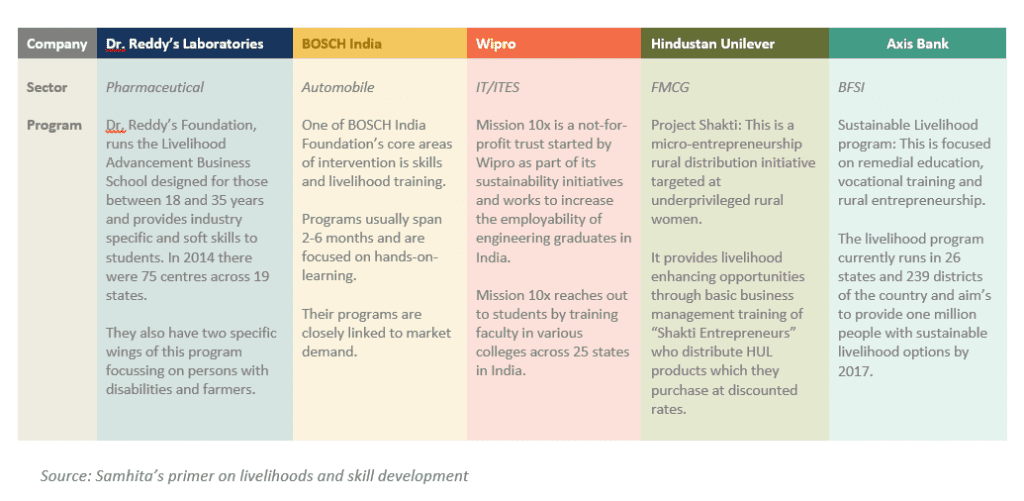
The Skill India Mission is an opportunity for companies to give some serious thought to how they can play an impactful role in bridging the skills gap in the country. Wide-scale impact cannot occur without the active involvement of the private sector. By leveraging the Skill India Mission and engaging with the government and implementation agencies, companies can work to provide much-needed training programs to the vast number of unskilled people, which will ultimately benefit industry and contribute to the growth and development of the country in the long-term.
About the contributors:
Praveen Aggarwal, Chief Operating Officer, Swades Foundation, a foundation that focuses on creating livelihood opportunities for rural populations across India.
Kalyan Chakravarthy, Executive Director at the PanIIT Alumni Reach for India Foundation (PARFI), a not-for-profit registered society of IIT alumni committed to execute and scale self-sustainable business models that enhance incomes of the underprivileged sections leveraging PanIIT and other like minded networks.
Rajesh Kaimal, Business Head, Manipal City and Guilds, a joint venture between Manipal Education and City & Guilds, UK that trains and certifies people across the country.
Luis Miranda, Director at Samhita Social Ventures and Founder & ex-President, IDFC Private Equity
[1] (Planning Commission, XII Five Year Plan, Employment and Skill Development, pp 140-141)
[2] Ernst & Young, Knowledge paper on skill development in India
[3] (Planning Commission, XII Five Year Plan, Employment and Skill Development, pp 140-141)
[4]http://www.ey.com/Publication/vwLUAssets/FICCI_skill_report_2012_finalversion/$FILE/FICCI_skill_report_2012_finalversion_low_resolution.pdf
[5] http://www.theguardian.com/world/2015/jul/16/narendra-modi-unveils-bid-to-make-india-the-hr-capital-of-the-world
[6] http://www.livemint.com/Opinion/9zdTIPwwRT7VXd2Cv6Lu7L/Skill-India-How-we-can-spend-less-and-gain-more.html





















